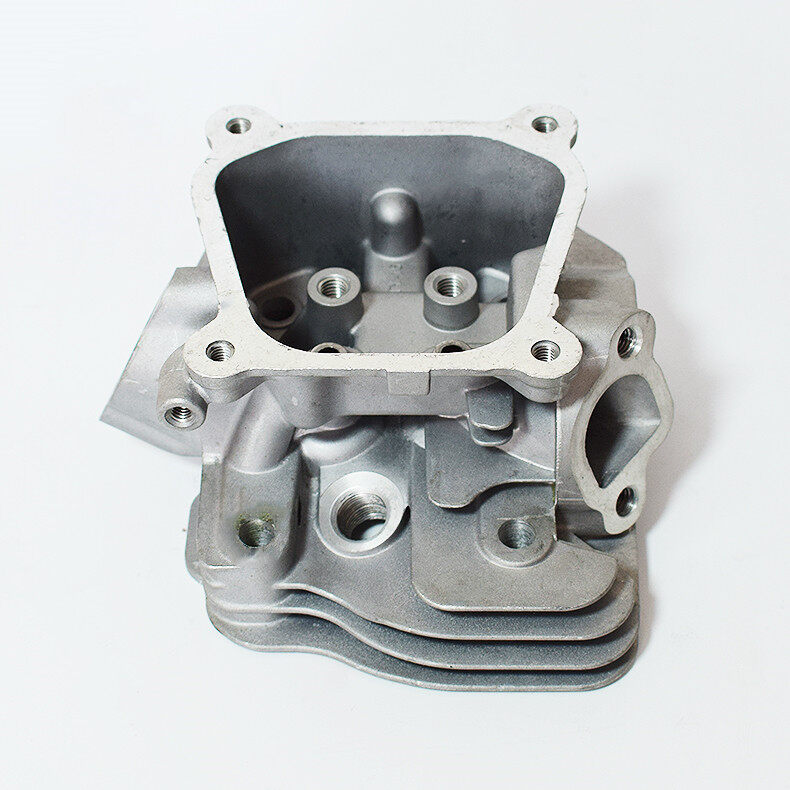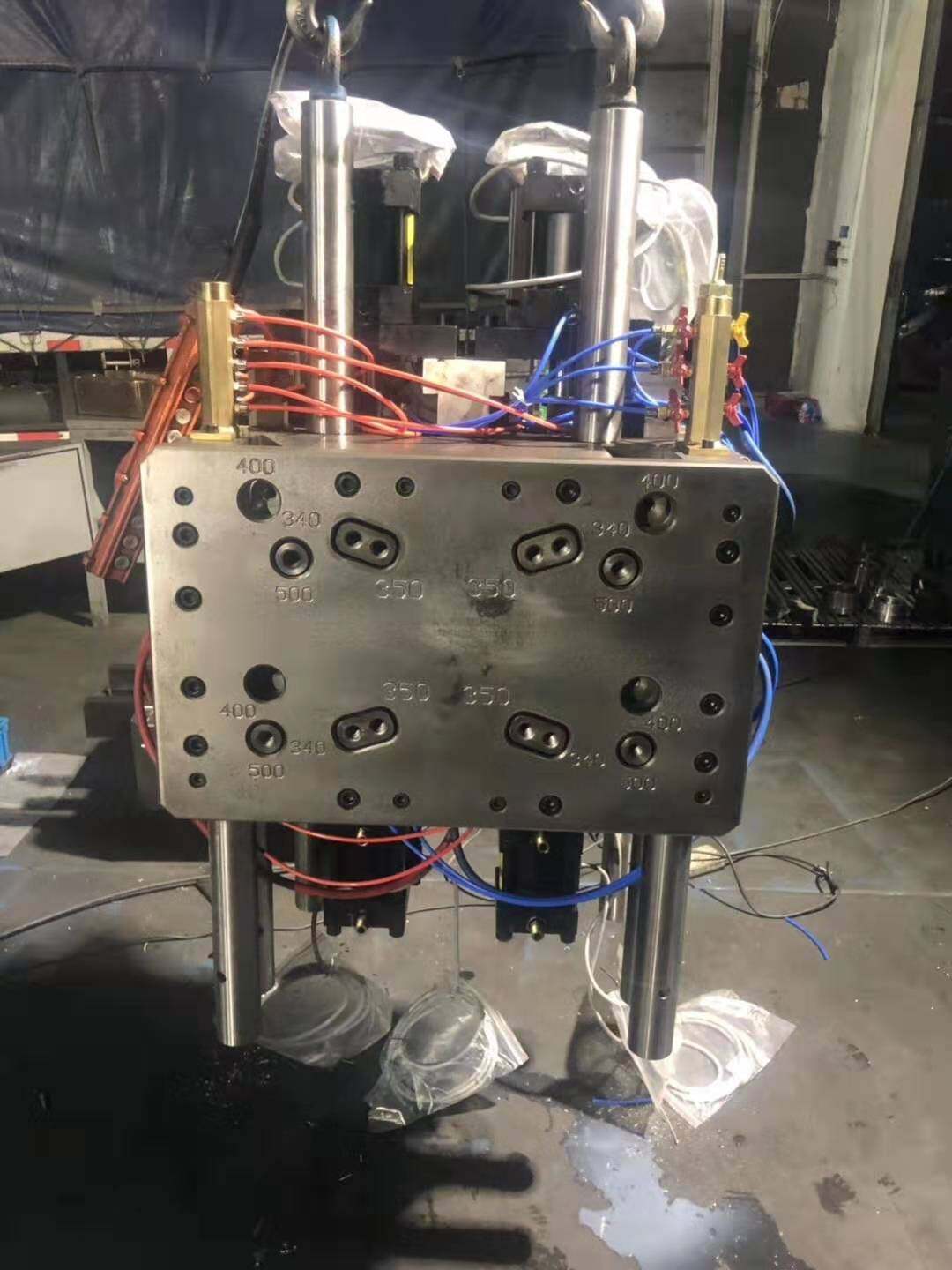Email format error
Email cannot be empty
Email already exists
6-20 characters(letters plus numbers only)
The password is inconsistent
Email format error
Email cannot be empty
Email does not exist
6-20 characters(letters plus numbers only)
The password is inconsistent


What Tooling Do I need For My Die Cast Part?
What Tooling Do I Need for My Die Cast Part?
All die casting designs are unique and require custom tooling to produce the part. The complexity and size of the tooling are often surprising to those not familiar with the process. In this article, we will review the pieces of tooling required to produce a high-pressure die casting.
What tooling do I need?
Every casting requires a cast die and a trim die. Custom CNC fixtures will also be required if machining operations will be performed.
Die Cast Dies
High pressure die cast dies are heavy-duty steel molds designed to cast aluminum or zinc with high pressure.
A die cast die has two halves, the cover and ejector die.

The cover die can be identified by the shot hole where the cold chamber (shot sleeve) is inserted.
The ejector die contains the runner and the moving ejector pins which strip the casting from the die. The ejector die is designed to pull the casting from the cover half as the machine opens. The face of the casting with features such as cores, slides, and metal savers is typically placed in the ejector half. This causes the casting to shrink on to the ejector with more force than the cover and allows it to be stripped from the cover half as the machine opens.
The die cavity is the working portion of the die that forms the casting. The die cavity is made from high-quality, heat-treated H-13 tool steel which can withstand the high speeds, temperature, and pressure of the casting process.
The cavity also includes the runner, overflows, and venting system to transport the molten metal from the shot sleeve to the die cavity. Proper gating and venting design are crucial to producing quality casting.
The die cavity is held in place by the holder block. The holder block is machined from 4140 steel because it will not be exposed to molten metal. The holder block also houses the alignment pins and bushings to ensure the cover and ejector cavities are perfectly matched. Moving slide components such as hydraulic cylinders, and mechanical cams are also housed in the holder block.
Moving slides are used when a casting design has internal features that are perpendicular to the parting line. Slides move into place during the injection of the metal and then retract before the part is ejected from the die. Slides can move mechanically with cams or with hydraulic cylinders.
Dies can be designed to produce a single part or multiple cavities at once.
Small, simple castings can often be produced using unit dies. Unit dies are small, inexpensive dies that are placed into a standard unit holder. Unit dies contain the cavity, venting, and a portion of the runner system. The customer purchases and owns the unit die, while the die caster typically owns the unit holder. A few standard size unit dies are 10” X 12”, 12” X 14”, and 15” X 18”. Unit dies can be manufactured for a fraction of a cost as an independent die because you are essentially purchasing the cavity portion of the die.
Trim Dies
Figure 12 Die-cast parts and gates which require trimming
When a casting is removed from the die, it is attached to the runner, overflows, and venting system. There will also be some flash around the parting line and covering cored holes. Flash occurs when molten metal squeezes outside the cavity. This excess material must be removed before the casting can be processed further. This is accomplished with custom trim dies.
A trim die is used to shear the runner and overflows from the casting as well as punch open cored holes. Trim dies are placed into vertical hydraulic presses, typically 30-100 tons. Like cast dies, trim dies may be very simple and inexpensive, but can also become complicated with moving punches.
The bottom portion of the trim die contains the nests. The nests securely hold and support the casting during trimming to ensure it is not distorted. The top portion of the trim die contains the shears. The shears remove gates and overflows while punches will open cored holes. Springs and nitrogen shocks are used to strip the casting from the shears once trimming is complete.
CNC Machining Fixtures
Figure 15 Horizontal CNC Machining Fixture
Specially designed fixtures are required to hold the casting when CNC milling and tapping is required. Fixtures are designed to securely hold the casting while allowing access to all features that require machining. Castings are secured using mechanical clamps or with hydraulic cylinders.
Castings that require turning on a CNC lathe will also require special jaws, but they are typically less complex and costly than those for CNC mills.
We have a large variety of CNC equipment for all types of machining and any size production run. We will work with one of our fixture suppliers to design an economical solution for your machining needs.
The complexity and cost of die cast tooling may seem daunting. We will evaluate your needs and present a comprehensive tooling quote for your project. We will then work with one of our experienced tool and die suppliers to design and build our customer's custom tooling.
We encourage you to contact us today to discuss your project and learn how we can optimize the cost and quality of your die casting project.

